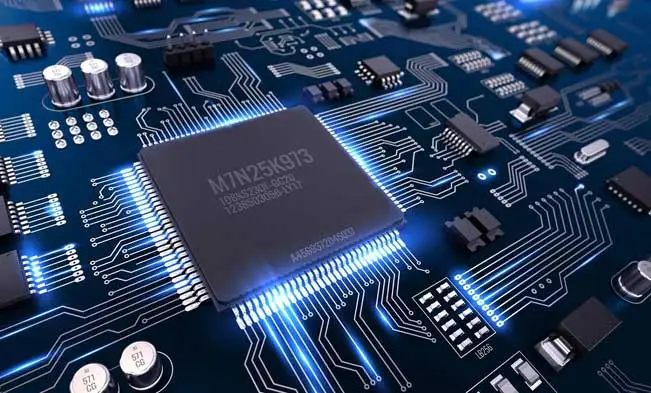
The electronics industry is constantly evolving, driven by the demand for smaller, faster, and more efficient devices. In this pursuit of innovation, laser machines have emerged as a game-changer, revolutionizing various aspects of electronics manufacturing.
Laser machines offer unparalleled precision in microfabrication, making them ideal for manufacturing electronic components. With their ability to focus a concentrated beam of light, laser machines can precisely cut, drill, and etch intricate patterns on delicate materials like silicon, ceramics, and thin films. This precision is crucial for creating microchips, circuit boards, and other electronic components with high accuracy and reliability.
Moreover, laser machines enable the production of miniaturized electronic devices. Through processes like laser ablation and laser micromachining, intricate features can be created on a microscopic scale, allowing for the development of smaller and more advanced electronic products. This miniaturization not only enhances performance but also reduces material consumption and manufacturing costs.
Printed Circuit Boards (PCBs) are the backbone of electronic devices, providing the necessary connections between components. Laser machines play a vital role in PCB manufacturing and assembly processes. Laser drilling is used to create precise holes for component placement and electrical connections. Laser cutting is employed to separate individual PCBs from larger panels, ensuring clean and accurate edges.
Laser marking machine can achieve high-precision marking, engraving, and can identify serial numbers, date codes, QR codes and other information on circuit boards. Because the fiber laser marking machine is non-contact, non-destructive and highly efficient, it can accurately and clearly mark the surface of the circuit board without causing any physical damage or deformation. It can also adapt to circuit boards of different materials, such as metal substrates and plastic substrates, providing a fast, reliable and accurate marking solution for the electronic product manufacturing process.
Furthermore, laser machines are utilized for soldering and de-soldering electronic components. Laser soldering offers several advantages over traditional methods, such as reduced thermal stress, precise control of heat input, and the ability to solder small and delicate components. This technology ensures reliable and high-quality solder joints, improving the overall performance and longevity of electronic devices.



